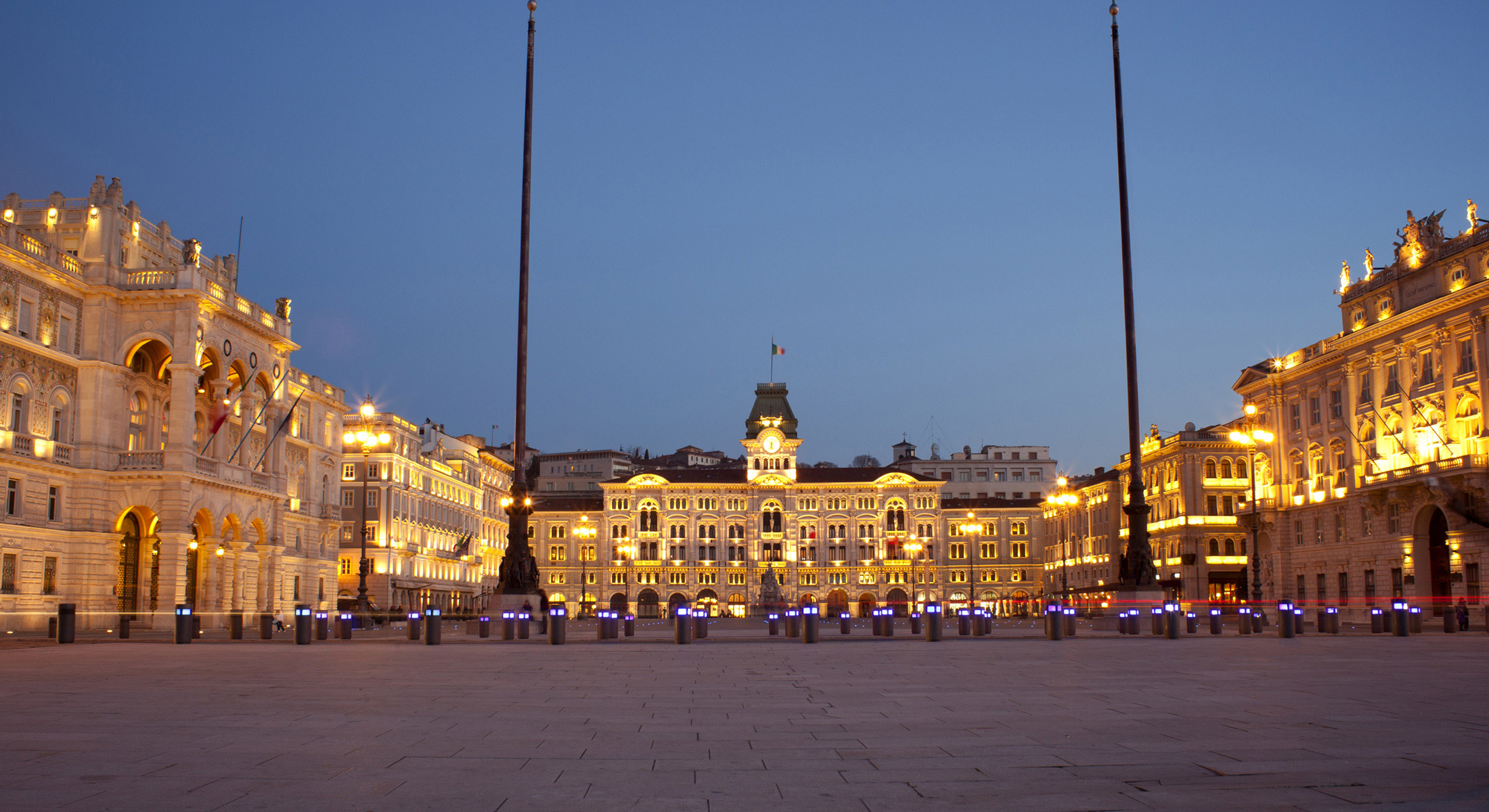Trieste in 48h
Trieste is famous for its wind, its sea, its panoramic hills, and for the cultural diversity of its inhabitants. It has always been a borderland. Its centre features prestigious buildings, panoramic points, wide squares and many different churches for every religion, not to forget the sea that appears and disappears behind every corner, as a shy glimpse or wide horizon.
